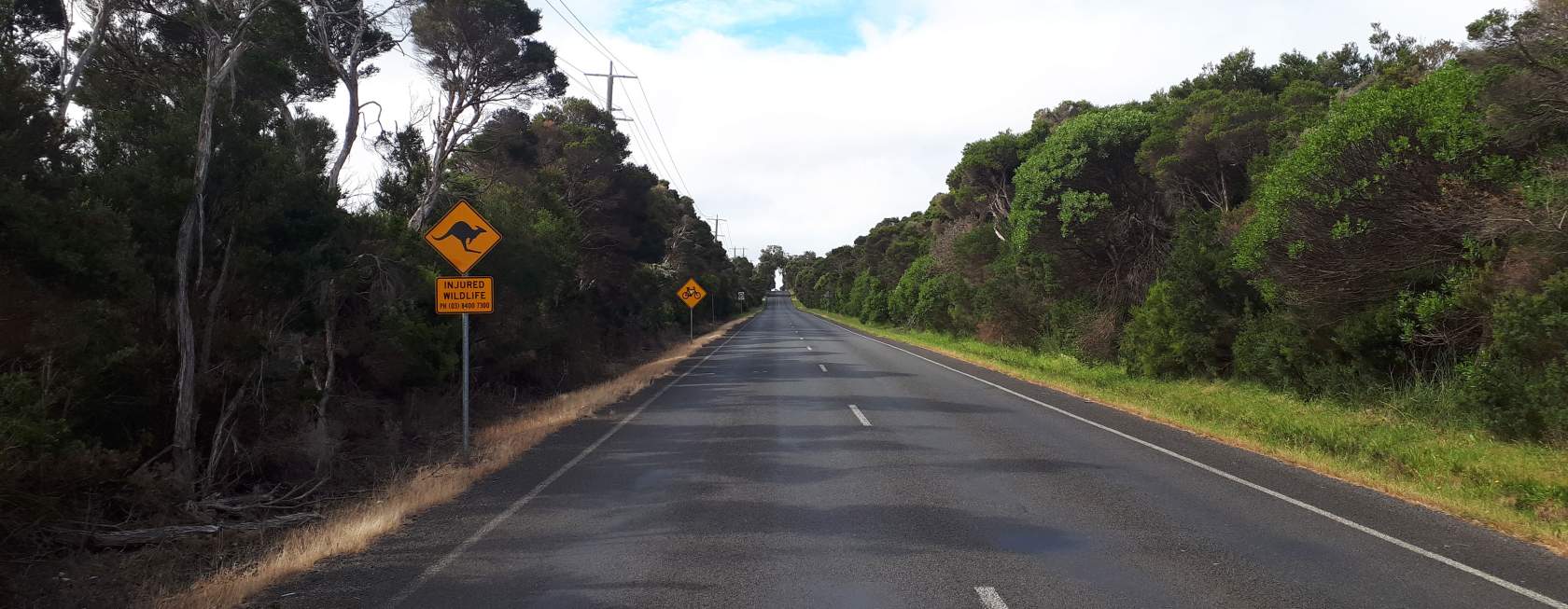
It’s estimated that over 10 million native animals die on Australia’s roads each year.
Between 2018 and 2023, Wildlife Victoria responded to over 50,000 reports of wildlife injured or killed on Victoria’s roads. Sadly, this number is rising with Wildlife Victoria recording a 24% increase in cases between 2022 and 2023.
This data represents only those cases reported to Wildlife Victoria and it’s likely the true figure is significantly higher, with an unknown number of cases not reported to Wildlife Victoria or any other agency.
Species most likely to be impacted by road trauma are kangaroos and wallabies, wombats, possums and bird species.
Luckily there are steps you can take to keep yourself and our native wildlife safe when driving.
Tip #1 Avoid travelling at dawn and dusk or, if unavoidable, reduce your speed and watch for wildlife.
Many of Australia’s native animals are crepuscular, meaning they are most active at dawn and dusk and will actively forage for food at this time. Native vegetation is often concentrated around roads placing animals at greater risk of being hit by passing vehicles.
Tip #2 Slow down and stay alert. Wildlife can appear unexpectedly while driving and it's important to stay alert and drive to the conditions.
Speed is a key indicator of crash severity. The faster the speed, the longer it takes to stop and the greater the impact. In average conditions, a car travelling at 60km/h will take 45 metres to stop when breaking suddenly.
Tip #3 Keep an eye out for wildlife when travelling through areas with roadside vegetation and adjacent to bushlands.
Some wildlife species are more likely to be struck by vehicles as they live in habitats surrounding major roads or forage for food near roads. The most common species reported to Wildlife Victoria as hit by vehicle is the eastern grey kangaroo. Kangaroos can travel at speeds up to 65km/h and can appear on roads suddenly.
Tip #4 Save Wildlife Victoria’s number in your phone and make sure to report any incident of injured or deceased wildlife to our Emergency Response Service.
This is incredibly important as marsupials may be carrying pouch young who can survive for up to 10 days after their mother has passed away.
If you have struck a native animal, please pull over (when safe to do so) and call Wildlife Victoria. If the animal is a marsupial it will need to be checked for any pouch young. Find out how to check a pouch here.

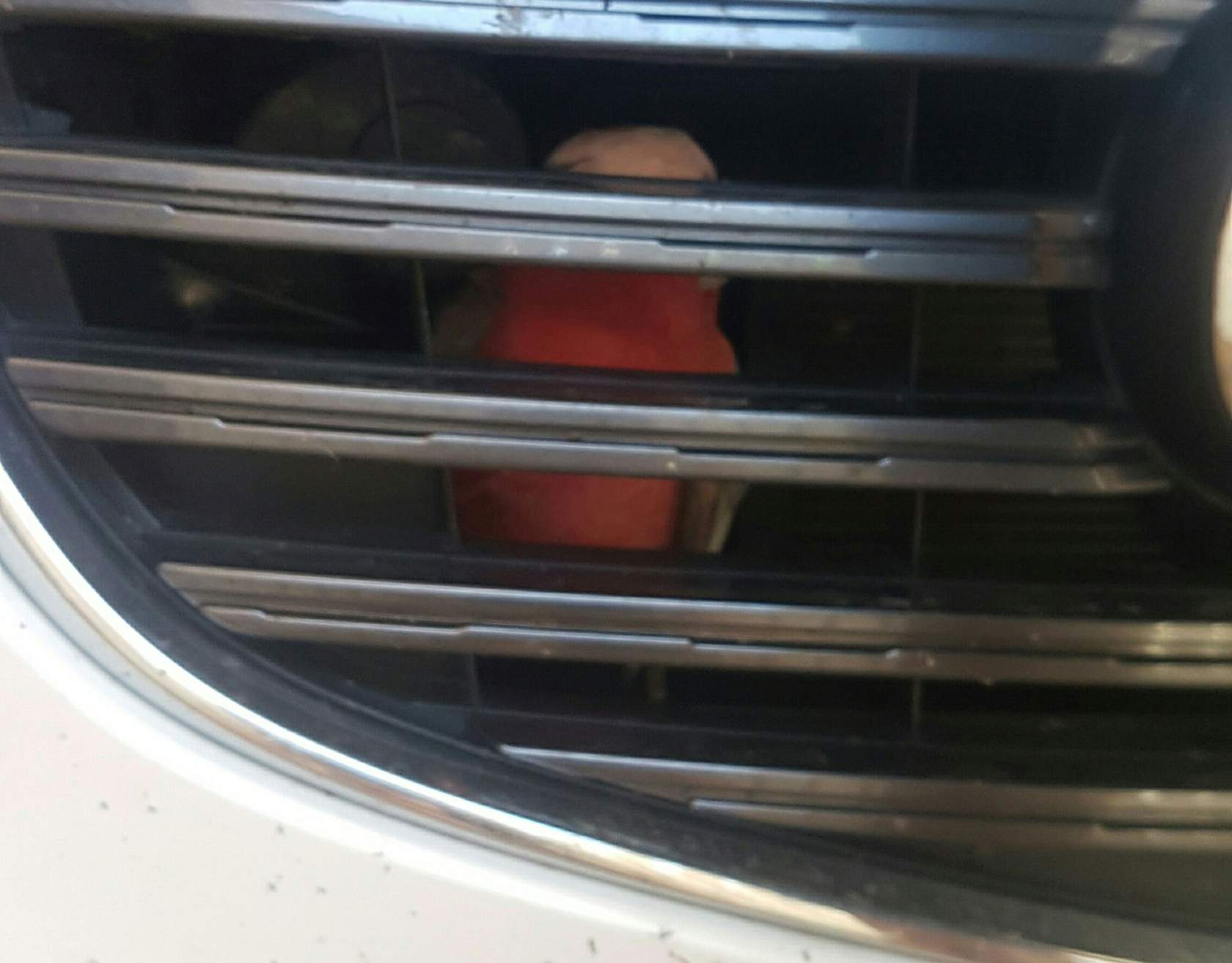
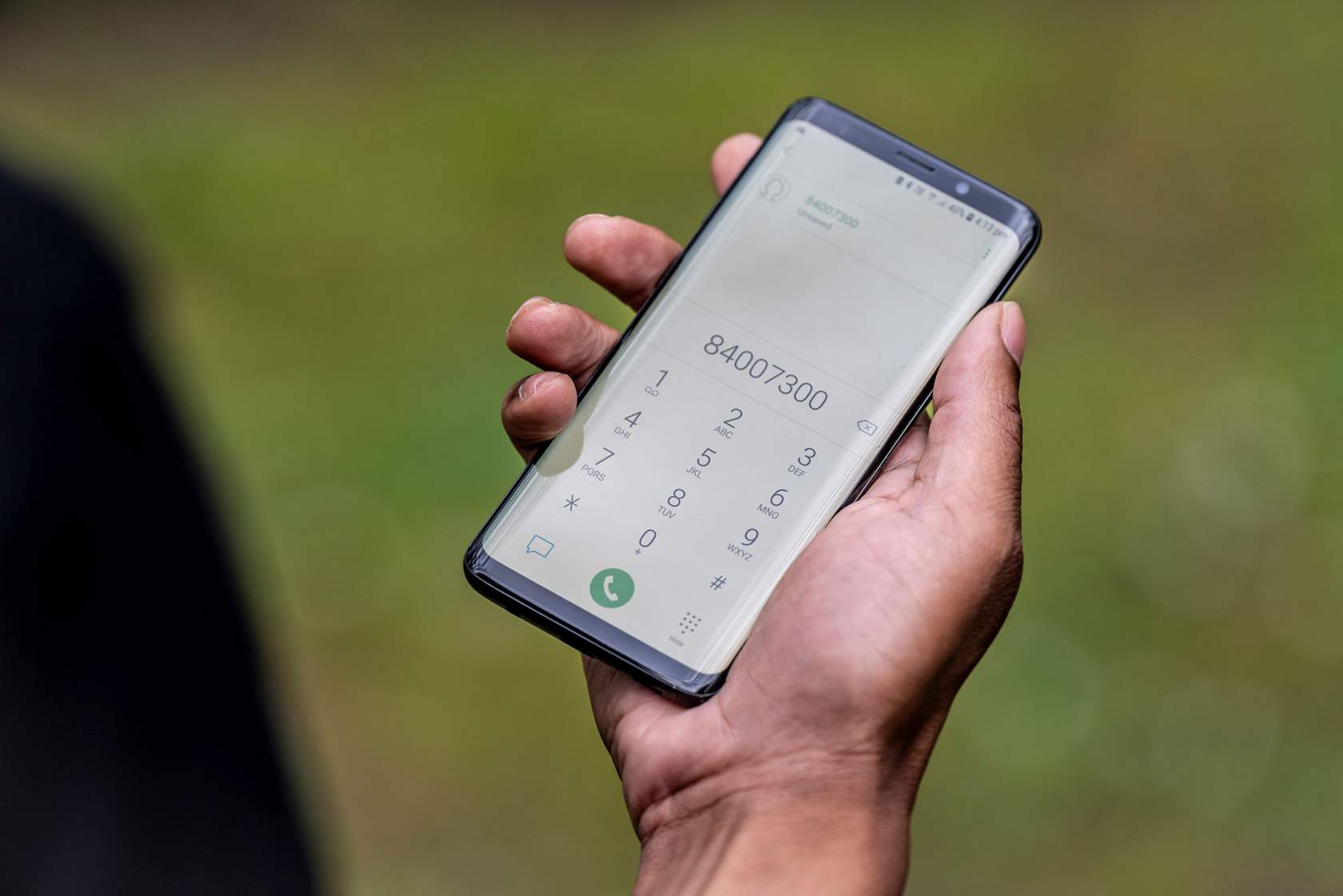
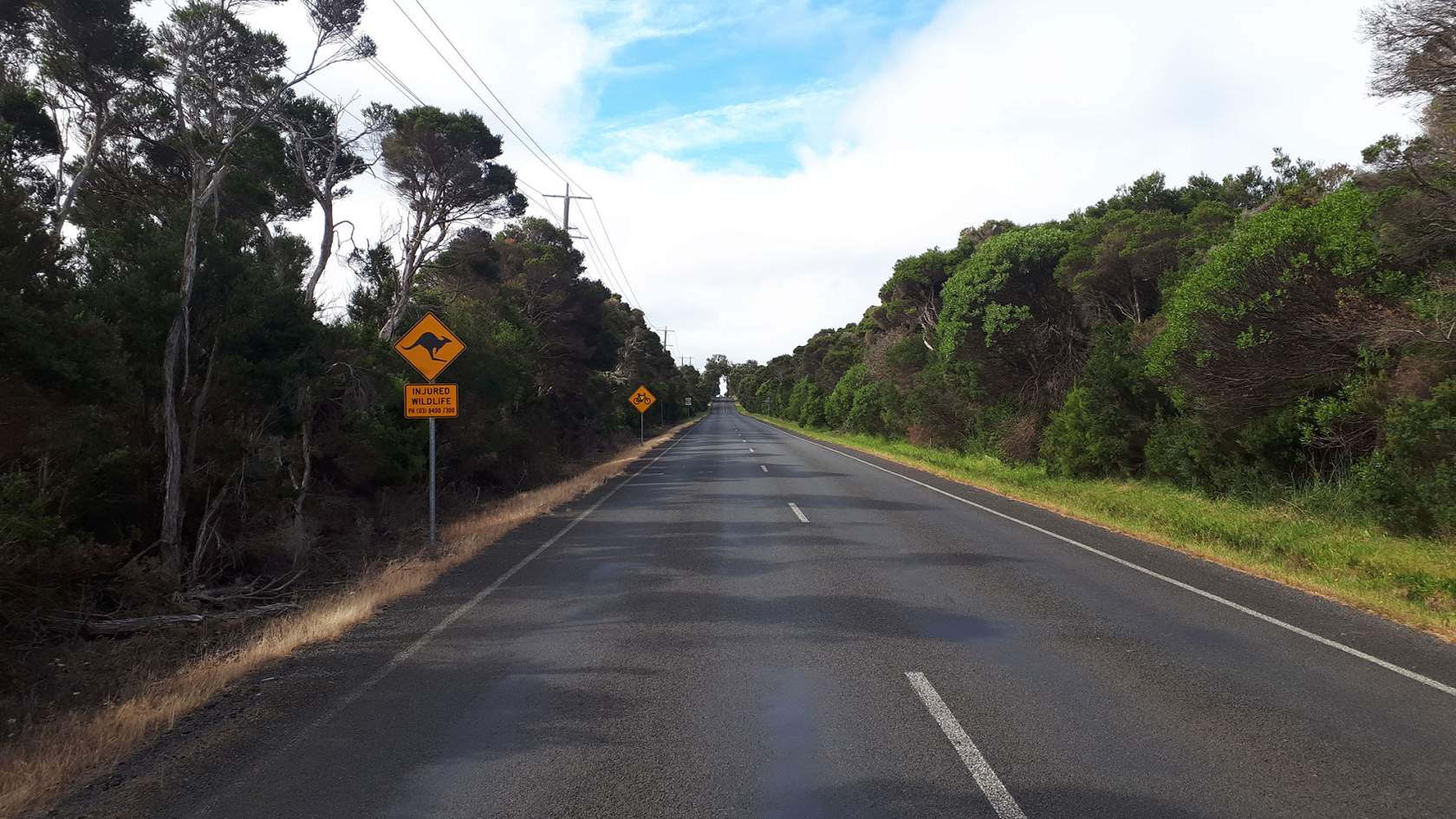

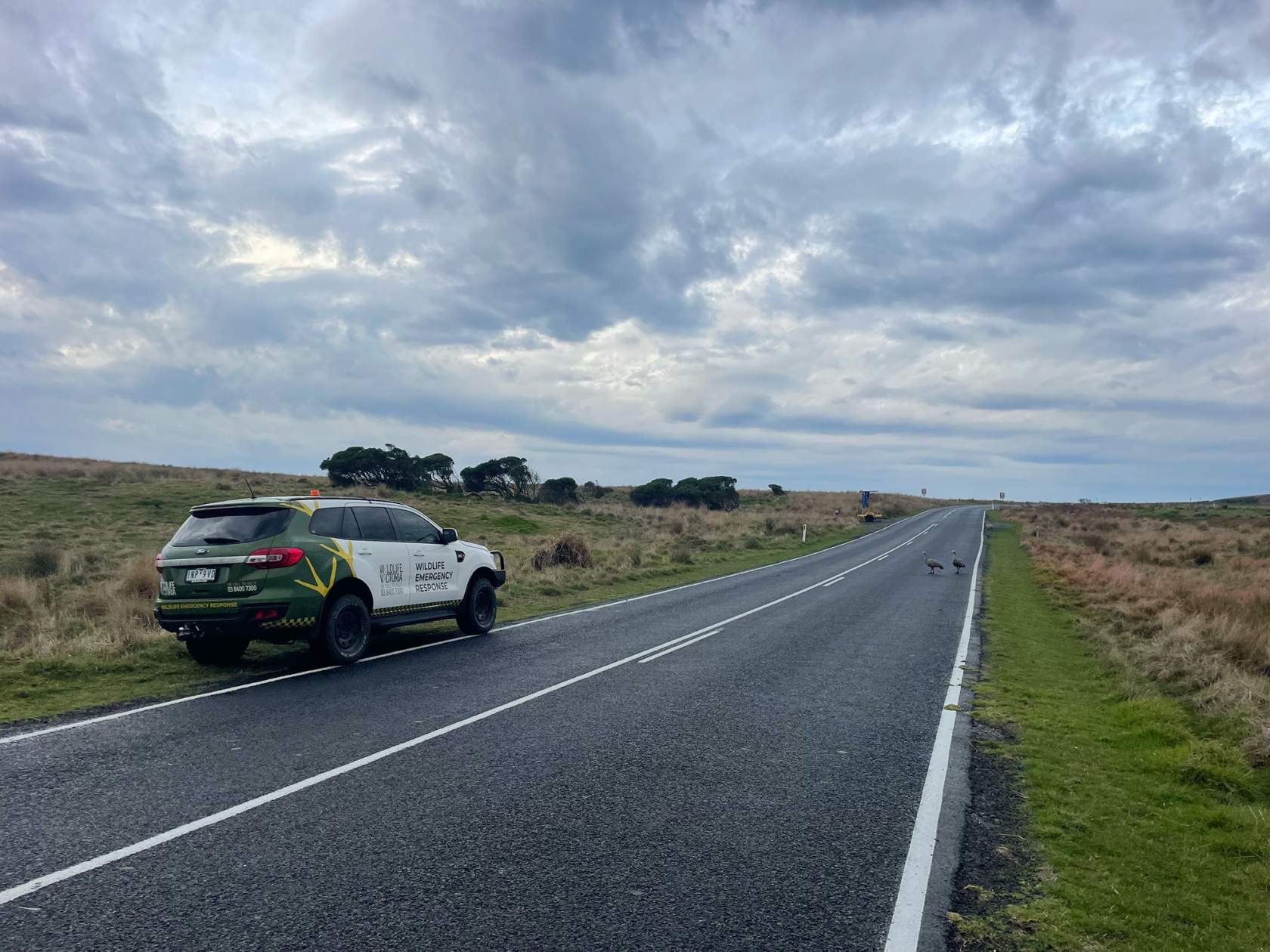
Bird strikes
If you hit or run over a bird, please pull over and check that the animal hasn’t gone into your car grill or engine. We have received many reports of native birds that have become trapped inside vehicles and the sooner they are reported, the better the chance of their survival.
Did you know?
Have you ever wondered why a deceased native animal has been spray painted with a cross or ‘X’?
This indicates that the animal’s pouch has already been checked for young.
We hope that by increasing your understanding and awareness of our beautiful wildlife, you will feel empowered to manage wildlife situations confidently and in an informed, safe and appropriate manner. For support at any time, please call our 24/7 Emergency Response Service on 03 8400 7300.
